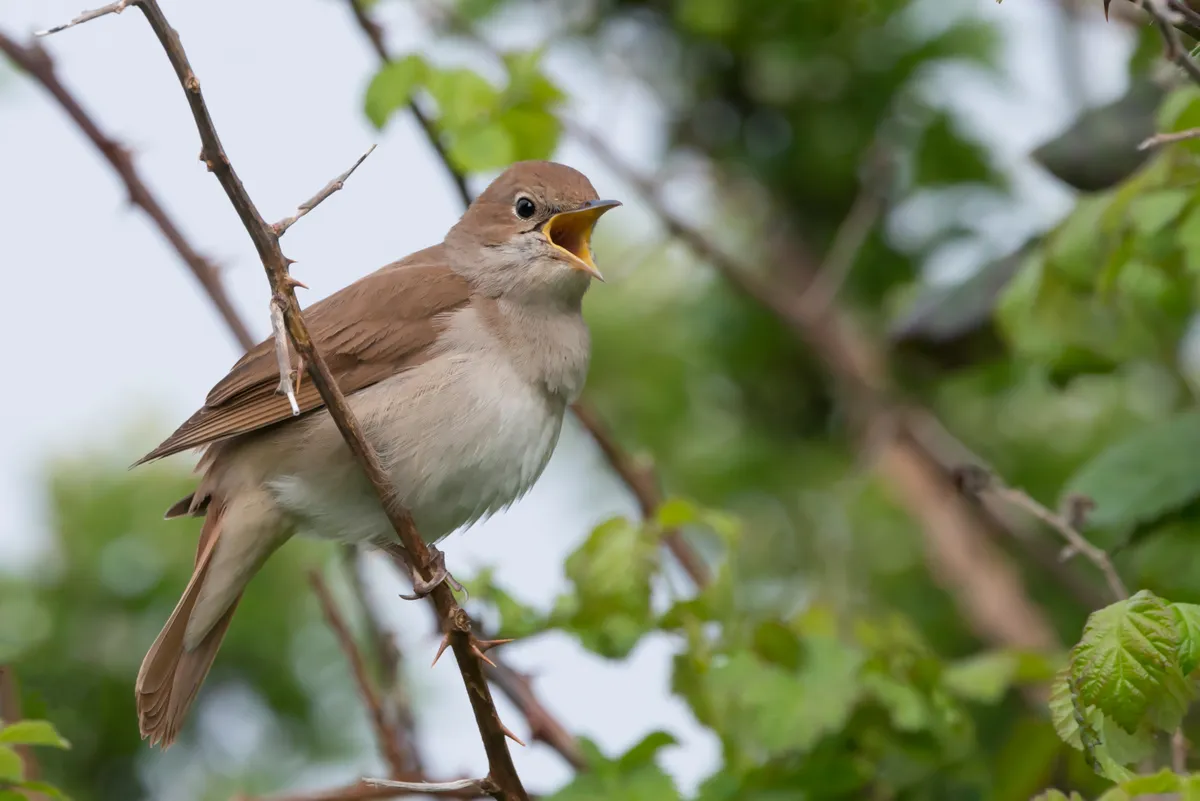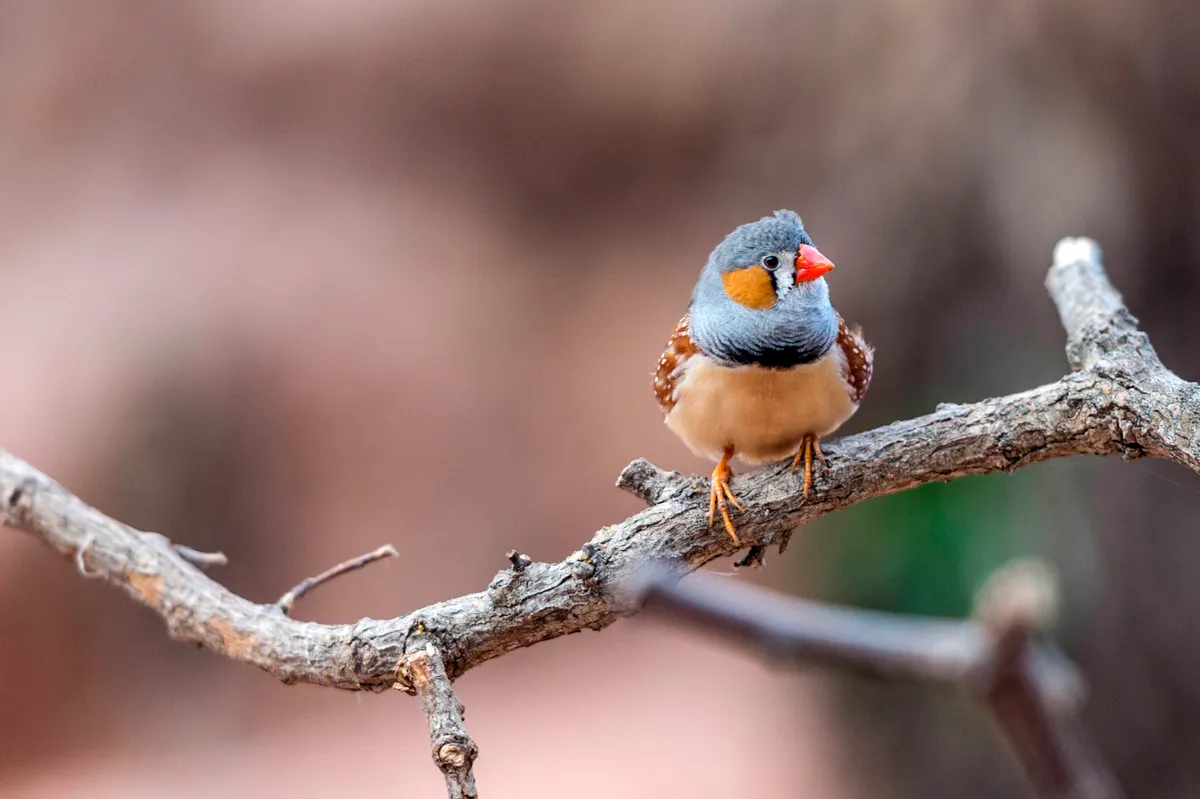A new study, involving scientists from the Royal Veterinary College (RVC) in England and the Institute of Cytology and Genetics (ICG) in Russia, has found that all songbirds have an additional chromosome in their germ cells, unlike other avian species.
Somatic (or normal) cells have two copies of each chromosome, whereas germ cells (cells that become a sperm and an egg), typically have the same set of chromosomes as a somatic but only one copy of each.
The additional chromosome found in the germ cells of songbirds has been named the Germline Restricted Chromosome (GRC) and is not presented in their somatic cells.
Songbirds are the largest group of birds, meaning that nearly 6,000 of the 10,000 existing avian species have the GRC.

The GRC is transmitted to offspring from mothers and is discarded from all somatic cells of the offspring in the early stages of development. Males have the GRC but do not pass it on and it is removed from the germ cell before it becomes sperm.
The first GRC was reported in zebra finch more than 20 years ago, but it was considered a genetic oddity until this study.

During their investigation, the team did not find GRCs in any non-songbirds, such as chickens, terns, swifts, falcons and parrots. This means that GRC is a key feature of songbirds only.
18 avian species had their chromosomes compared and four GRCs were sequenced. This led to the conclusion that the extra chromosome evolved 35 million years ago in the common ancestor of all songbirds.
The team does not yet know why GRCs are there and what specific advantages they can provide to their carriers, but have come up with some interesting hypotheses.
“We believe that the GRC could be a unique evolutionary mechanism to increase the number of genes which are only in need in germ cells, without increasing overall genome size and, as a result, the body weight,” says co-author Prof Pavel Borodin from ICG.
“It is tempting to hypothesize that the GRC enabled songbirds to become the most species-rich order of birds,” adds Dr Denis Larkin from RVC.
“These findings lead to other questions, such as, with birds being the only survived dinosaurs, did extinct dinosaurs also have GRCs which made them so speciose?”
Main image: European robin. © Wouter Marck/Getty